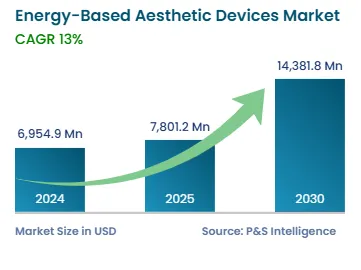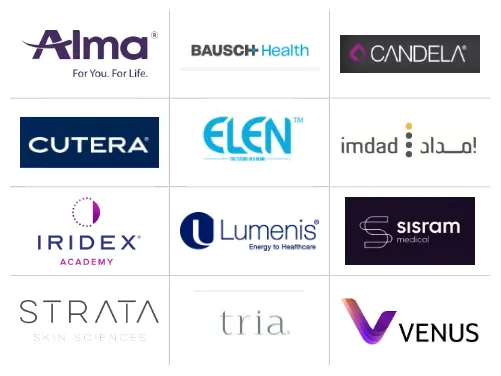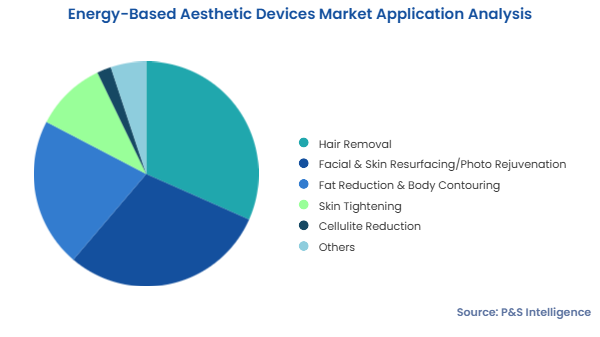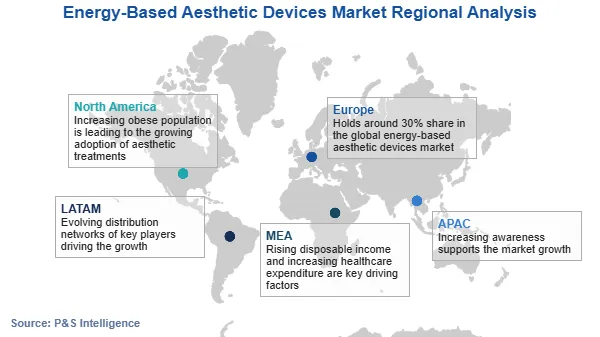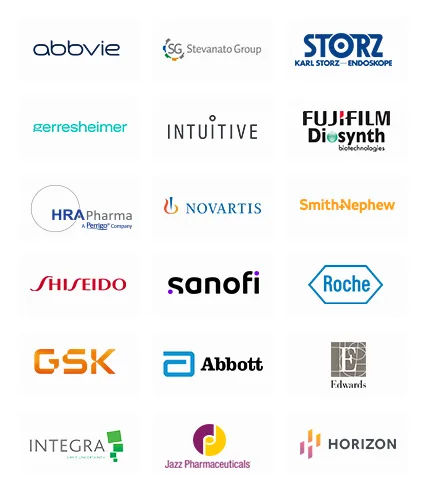Energy-Based Aesthetic Devices Market Future Prospects
The global energy-based aesthetic devices market is valued at USD 6,954.9 million in 2024, and it is expected to rise at a CAGR of 13% during 2025–2030, reaching USD 14,381.8 million by 2030. The major growth drivers include the increasing customer awareness, surging popularity of aesthetic treatments among individuals, and technological innovations.
The rising preference for skincare and the societal pressure to look youthful and achieve rejuvenated and healthy skin drive the demand for aesthetic treatments. In recent times, social media has been one of the most-imperative factors contributing to the mental and physical health of a person. With the media continuously portraying ideal beauty and body image comparisons, men and women’s beauty preferences have changed worldwide.
Energy-based aesthetic devices bring effective, minimally invasive methods for different skin conditions. They utilize technologies such as lasers, radiofrequency, ultrasound, and intense pulsed light (IPL) to target certain problems, such as signs of aging, acne, and pigmentation. Lasers deliver highly focused beams to treat sun damage and scarring, while radiofrequency and ultrasound induce collagen production, skin tightening, and lifting; IPL is used for treating excessive skin melanin. The treatments are usually safe and cause negligible discomfort, making them an attractive alternative.
Further, technological advances and combination therapies employing several energy sources improve patient satisfaction and clinical efficiency. This continuous technical evolution and surging adoption of energy-based aesthetic devices have increased the focus of manufacturers on developing new, less-expensive, and ease-to-use products that can be utilized at home without any technical expertise. Thus, at-home laser- and light-based devices are gaining popularity for the treatment of wrinkles, scars, acne, and hair removal.
